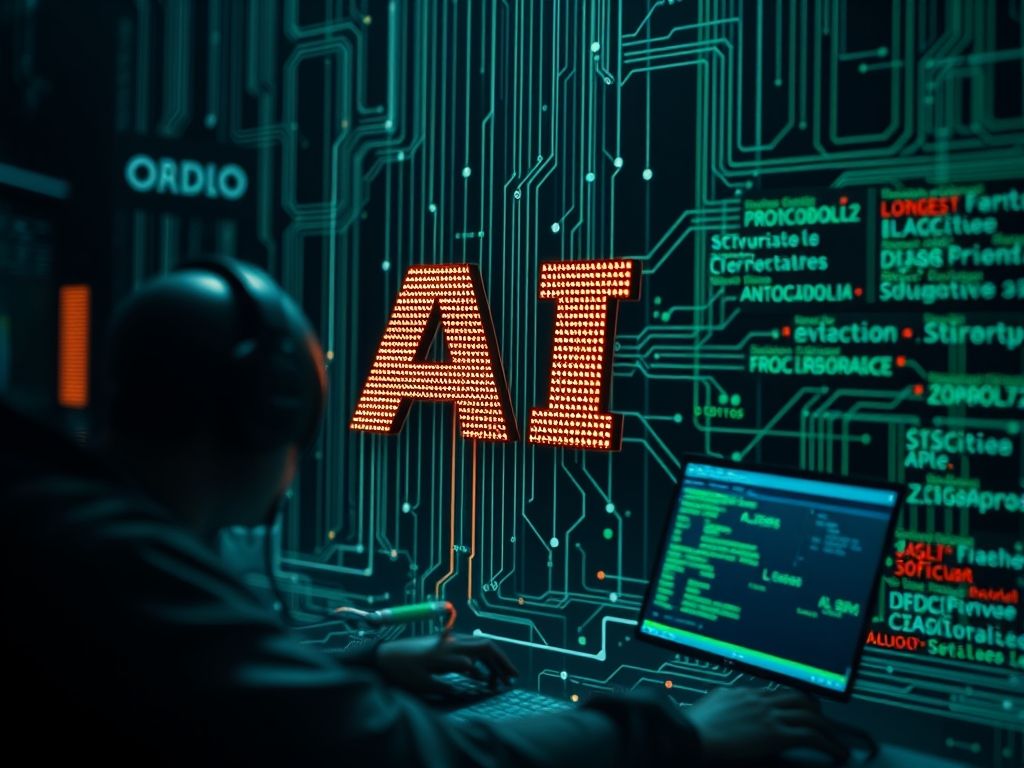What is AI Programming?
AI Programming refers to the practice of using programming languages and tools to create software that can perform tasks that typically require human intelligence. This includes tasks such as learning, reasoning, problem-solving, perception, and language understanding. At its core, AI programming leverages algorithms and data to enable machines to mimic cognitive functions.
The Importance of AI Programming in Today’s Tech Landscape
In an era where technology is rapidly evolving, the significance of AI programming cannot be overstated. Businesses across various sectors are investing heavily in AI to improve efficiency, enhance customer experience, and drive innovation. From healthcare to finance, AI programming enables the development of systems that can analyze vast amounts of data, make predictions, and automate routine tasks.
Key Drivers of AI Programming Adoption
- Data Explosion: The availability of massive datasets fuels the need for AI systems that can interpret and utilize this information effectively.
- Improved Algorithms: Advancements in machine learning and deep learning algorithms have made it easier to develop complex AI models.
- Cloud Computing: Cloud platforms provide the necessary computational power and storage, making AI programming more accessible to developers.
- Open Source Tools: The rise of open source libraries and frameworks such as TensorFlow and PyTorch has democratized AI programming.
Fundamental Aspects of AI Programming
Understanding AI programming requires familiarity with several key concepts and technologies. Below are some fundamental aspects that every programmer should know:
1. Programming Languages for AI
While various programming languages can be used for AI development, some stand out due to their libraries and community support:
- Python: Known for its simplicity and readability, Python offers a rich ecosystem of libraries such as NumPy, pandas, and scikit-learn.
- R: Primarily used for statistical analysis and data visualization, R is also popular in the data science community.
- Java: With its portability and performance, Java is widely used in large-scale enterprise applications and AI development.
- C++: Offers high performance for applications requiring real-time processing, such as robotics.
2. Machine Learning vs. Deep Learning
Machine learning is a subset of AI that focuses on the development of algorithms that allow computers to learn from data. Deep learning, a further specialization of machine learning, utilizes neural networks with many layers to analyze various forms of data, including images and text.
3. Natural Language Processing (NLP)
NLP is a critical area of AI programming that enables machines to understand and interpret human language. It has applications in chatbots, translation services, and sentiment analysis. Tools such as NLTK and spaCy are commonly used in this field.
4. Robotics and AI
AI programming plays a vital role in robotics, where algorithms are developed to enable robots to perform tasks autonomously. This includes navigation, object recognition, and decision-making. Frameworks like ROS (Robot Operating System) facilitate the integration of AI in robotic systems.
Real-World Applications of AI Programming
AI programming has found applications in various industries, showcasing its versatility and effectiveness:
1. Healthcare
AI is transforming healthcare through predictive analytics, personalized medicine, and automated diagnostics. For instance, AI algorithms can analyze medical images to detect anomalies, assisting radiologists in identifying conditions like cancer at earlier stages.
2. Finance
In finance, AI programming is utilized for fraud detection, risk assessment, and algorithmic trading. Machine learning models analyze transaction patterns to identify fraudulent activities in real-time.
3. E-commerce
AI enhances customer experience in e-commerce through personalized recommendations and chatbots. For example, Amazon uses AI to suggest products based on user behavior and preferences.
4. Smart Home Technologies
AI powers smart home devices like virtual assistants (e.g., Amazon Alexa, Google Home) that can learn user preferences and automate household tasks.
How to Get Started with AI Programming
If you’re looking to dive into AI programming, here are practical steps to guide you:
1. Choose a Programming Language
Start with a language that has robust support for AI libraries. Python is highly recommended for beginners due to its simplicity.
2. Learn the Basics of Machine Learning
Familiarize yourself with fundamental concepts of machine learning. Online platforms like Coursera and edX offer courses that can help you get started.
3. Experiment with Projects
Hands-on experience is invaluable. Try building small projects, such as chatbots or predictive models, to apply what you’ve learned.
4. Join AI Communities
Engage with other learners and professionals through forums and social media groups. Platforms like GitHub offer a space to collaborate on open-source AI projects.
Related Concepts in AI Programming
AI programming is interconnected with several other concepts in the tech landscape:
- Data Science: A field that encompasses AI programming, focusing on extracting insights from data.
- Computer Vision: A subset of AI that enables machines to interpret visual information.
- Cloud Computing: Provides the infrastructure needed for scalable AI applications.
- Internet of Things (IoT): AI programming is integral to enabling smart devices to learn and adapt.
Conclusion: The Future of AI Programming
As technology continues to evolve, the demand for AI programming skills will only grow. By understanding the fundamentals and staying updated on trends, developers can harness the power of AI to create innovative solutions. Whether you are a seasoned programmer or just starting, embracing AI programming can open new doors in your career.
Take a moment to reflect: how can you leverage AI programming in your current projects or career path? The possibilities are endless, and the future is bright for those willing to embrace this transformative technology.









